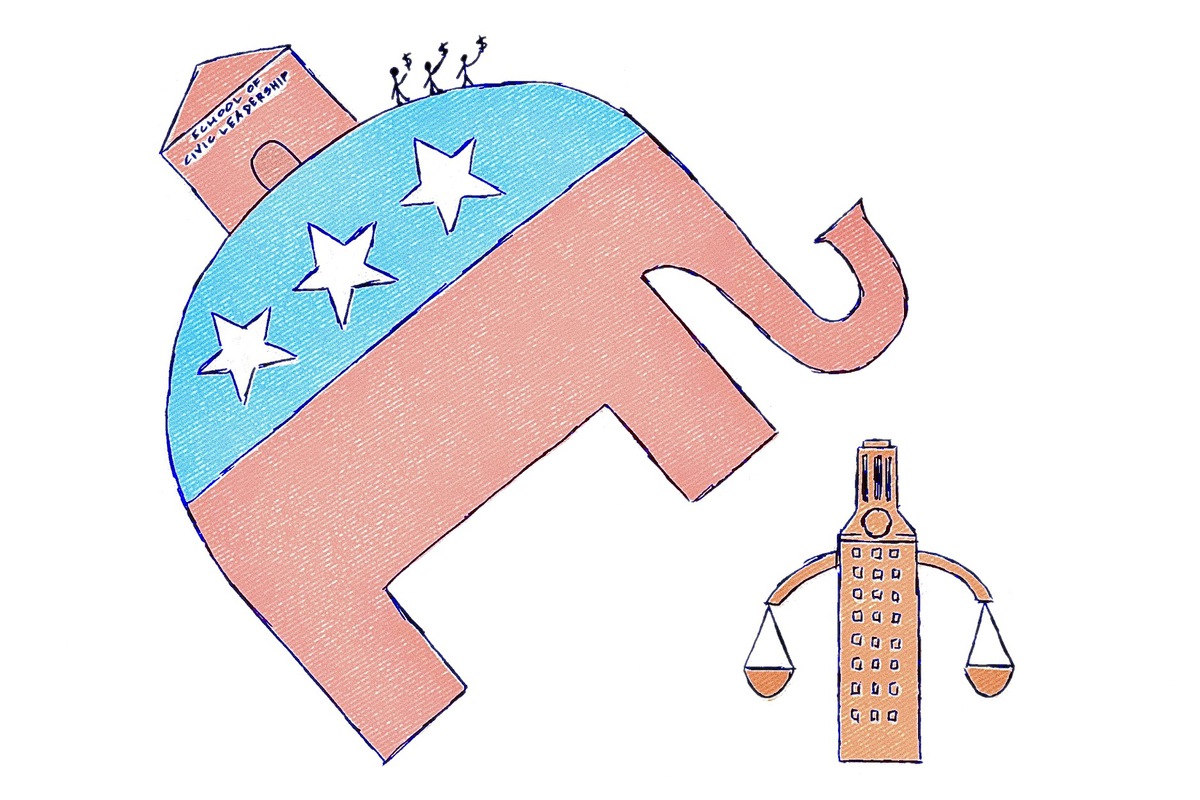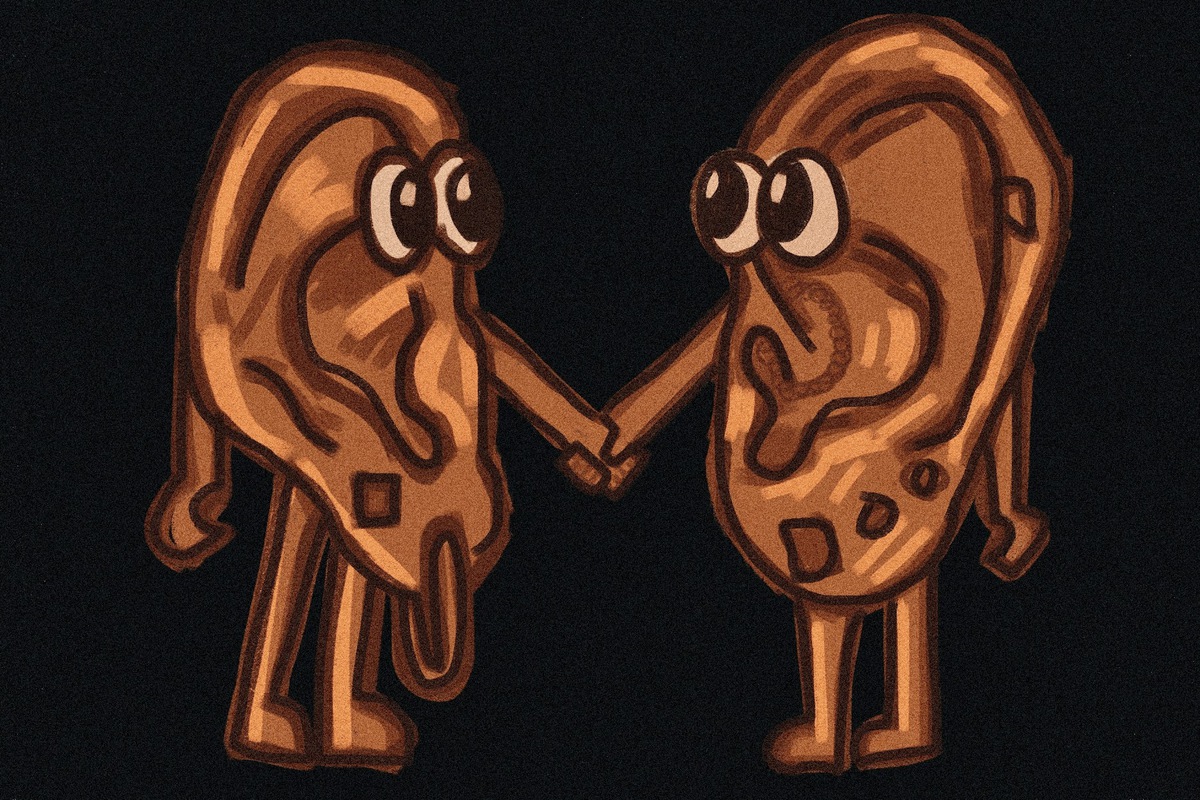The University of Texas loves its squirrels. Sciurus niger, commonly known as the fox squirrel, is nearly as ubiquitous on campus as students themselves. They are polarizing creatures. Some students eagerly offer the squirrels food, hoping for a nibble and perhaps a photo-op, while others not-so-subtly circumvent the bushy-tailed beasts en route to class. Whatever your method, they’re impossible to ignore.
Squirrel overpopulation is not a problem unique to the UT campus, but our affinity for them is particularly outspoken. They have become creatures of legend. Certain bus drivers and construction workers are known to be regular squirrel-feeders. The albino squirrels in particular are said to bring good luck; they even have their own Preservation Society, dedicated to serving the interests of “the Albino squirrels in particular, but all squirrels in general, at The University of Texas at Austin.” One friend recounted an episode from last May in which an especially zealous squirrel-lover lay in front of Hogg Lecture Hall covered in acorns, putting more faith in the white rodent’s charms than his own brain for his upcoming finals.
Not everyone appreciates the squirrels as much. I spoke with Jim Carse, UT’s assistant manager of Urban Forestry and self-styled “Campus Lorax,” about his struggles with the species. According to Carse, squirrels cause significant damage to campus trees by chewing away strips of bark in a process known as girdling. Girdling removes phloem, the vascular tissue responsible for transporting nutrients from leaves to roots, and can ultimately kill the trees. Carse says that UT’s live oaks have been hit especially hard lately.
By providing the squirrels with free food, we’ve created an out-of-control squirrel population that the environment can’t sustain. As we speak, the squirrels are launching a multi-pronged offensive against the campus: diggers scratch through the soil and damage irrigation lines, while climbers find their way onto roofs and into attics. Carse says that trapping and relocation measures are in the works.
In addition to endangering the campus infrastructure, spoiled squirrels often become aggressive, posing a health risk to students. They’re potential carriers for rabies, and they frequently carry fleas that in turn may harbor encephalitis and lyme disease. The problem goes the other way, too. Artificial diets introduced by human feeders can lead squirrels to develop potentially fatal health complications. Let’s be honest: when you feed a squirrel a hot Cheeto, nobody wins.
Measures to curb the amount of wildlife feeding on campus are clearly necessary. Carin Peterson, training and outreach coordinator for Environmental Health and Safety at UT, says that officials have approached squirrel feeders from a polite, informative standpoint, but they lack the authority to take disciplinary measures. The squirrel onslaught, no matter how cute or hilarious, demands more serious attention.
Disincentives, like penalties for frequent high-volume feeding offenses, would almost certainly help control squirrel numbers, saving the university money on irrigation and other repairs. UT might also consider a publicity campaign to raise awareness about the negative consequences of squirrel overpopulation.
Squirrels of all colors have developed — quite literally — considerable gravity when it comes to campus culture. But don’t be tricked into succumbing to their aggressive, if belabored, demands. Feeding squirrels puts trees, students, and the squirrels themselves at a disadvantage. Besides, I can hardly think of an omen more foreboding for the University than to have the albino squirrel die of diabetes or, even worse, be trapped by Facilities Services and released in College Station.
Walters is a Plan II junior from Houston.




















